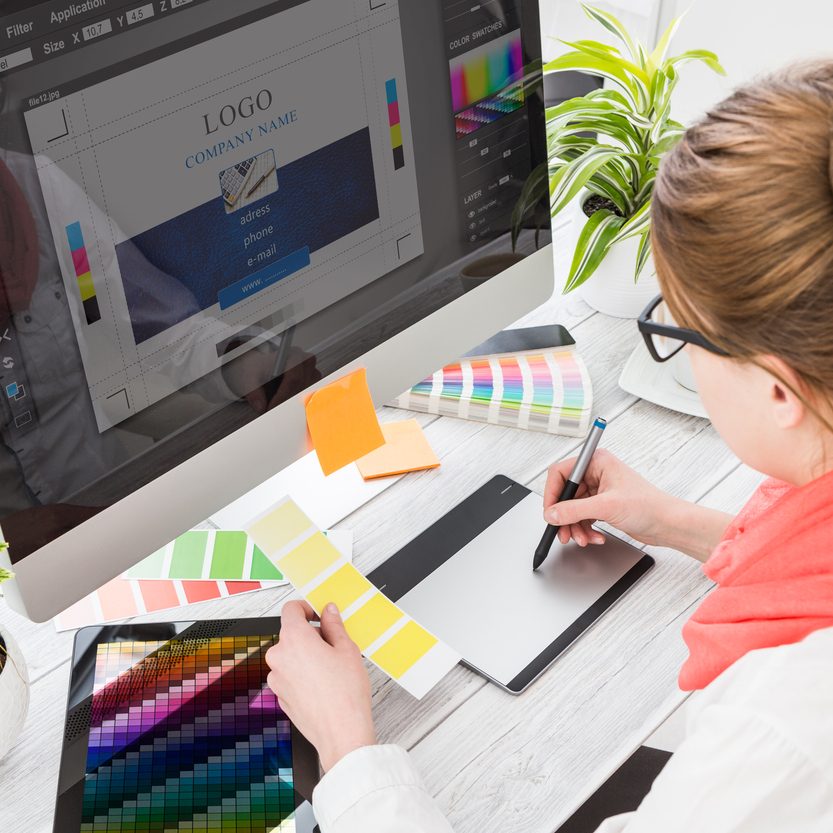
A design brief is a comprehensive written document given to a designer, outlining the project’s goals, objectives, and key timelines.
It forms a vital foundation for the design process. A clear and well-structured design brief ensures alignment between both parties, addressing important design issues early to avoid delays and ensuring the final result meets your expectations. To begin the design process with ProVision’s Local Area Marketing, it’s helpful to provide the following information:
Goals / Objectives
What is the purpose of the item you want to be designed?
- Generate sales?
- Encourage enquiries?
- Obtain information from your patients?
- Encourage them to tell a friend?
Target Market
Detail any demographics about your audience you wish to target. Are you targeting new patients or current patients? Then, further segment these based on demographics like:
- Age
- Gender
- Socioeconomic status
- Occupation
- Location
Timeline
Be sure to specify any critical deadlines or time constraints for ProVision. Understanding the timing allows us to plan and prioritise your work accordingly.
Design Specifications
Before the design process begins, outline any preferences you have to ensure the project aligns with your vision:
- Text to be included
- Specific images or visual assets to be used
- Preferred design style
- Any other requirements or considerations
Select a Medium – How will you deliver your message?
- Unaddressed Mail: DL letterbox drops
- Direct Marketing: Letters, postcards, etc.
- eDM (Electronic Direct Marketing)
- Radio Advertising: Targeted local radio or broader reach
- Print Advertising: Newspapers, magazines, flyers and more
- Social Media Advertising / Digital Marketing: Ads on Facebook, Instagram, Google, etc.
By providing these details upfront, the designer will have a comprehensive understanding of your needs, helping to create a more effective and tailored design solution.
Email marketing@provision.com.au to begin the process.




